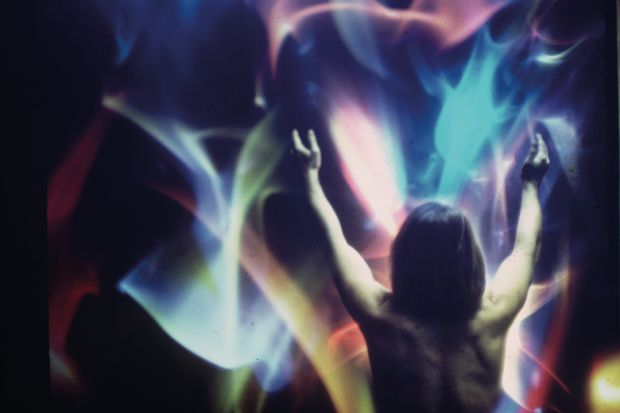In the 19th century, much of the logic of traditional religion was knocked down. Domino runs that had been set off in the Enlightenment came crashing through precious credos such as the virgin birth and the resurrection. Those who suffered most were not the rank-and-file faithful: you could be, say, “a loyal member of the Church of England” into the 1950s without feeling that any of your core beliefs had been challenged.
The real victims were those with a more intense, cerebral spirituality – including many clergymen. These were fated to watch their certainties disintegrate, often while in agonies of self-doubt. In the mid and late 19th century, therefore, there were attempts to reclaim a sense of the transcendent on the part of such tortured souls. Among these attempts was the fourth dimension.
Victorian thinkers toyed with the idea of a dimension beyond the senses. This began as a mathematical conceit – a distant cousin, perhaps, of Plato’s fifth element. But the fourth dimension (and associated terms such as “tesseract”) caught on as a tool for explaining inexplicable experiences and anomalies of time or space. In this role, the fourth dimension made its way through science, through charismatic religion, through art and architecture and into sci-fi and fantasy; it features today in superhero films.
Then somewhere along the way, dimension inflation set in. In the post-war period there was talk of a fifth dimension (memorably in The Twilight Zone’s introduction); some modern physicists claim that there may be 10 dimensions, while others imply that the number is, if not infinite, then uncountable.
How can an author write about something as intangible and, frankly, as hypothetical as the fourth and higher dimensions? You have two choices. First, you make the case for the fourth dimension in breathless prose, talking of dreams, Forteana and the majesty of space. Your book appears on Amazon’s popular science listings but also on the New Age shelves in bookshops. Second, you take the high but sometimes tedious road of cultural history, looking at how the idea developed and spread through Western culture. You trust in footnotes and studiously avoid taking sides.
Other Worlds is a very healthy hybrid of these two models. It is a history of an “impossible” idea, yet Christopher White is clearly excited by the fourth dimension and the various doors that humanity has tried to open into it in the past 150 years.
The author also has the good sense to focus on the idea without getting distracted by the lives of those who carried it forward. It will surprise no one that proselytisers for the fourth dimension were rather unusual people. A Christian bigamist, a New York architect who walked around with cubes in his pocket and Salvador Dalí (pictured left) all feature in these pages.
A lesser writer – certainly this reviewer – would have fallen into the treacle of their bizarre lives and, in so doing, would have lost the plot.
White manages to give dignity to the idea of the fourth dimension, but dignity also to the men and women who carried this magical space into our books, our cinemas and our minds.
Simon Young teaches at the University of Virginia programme in Siena. His most recent book is Magical Folk: British & Irish Fairies, 500 AD to the Present (co-edited with Ceri Houlbrook, 2018).
Other Worlds: Spirituality and the Search for Invisible Dimensions
By Christopher G. White
Harvard University Press
384pp, £25.95
ISBN 9780674984295
Published 30 March 2018
后记
Print headline: Any time, any place, anywhere?

